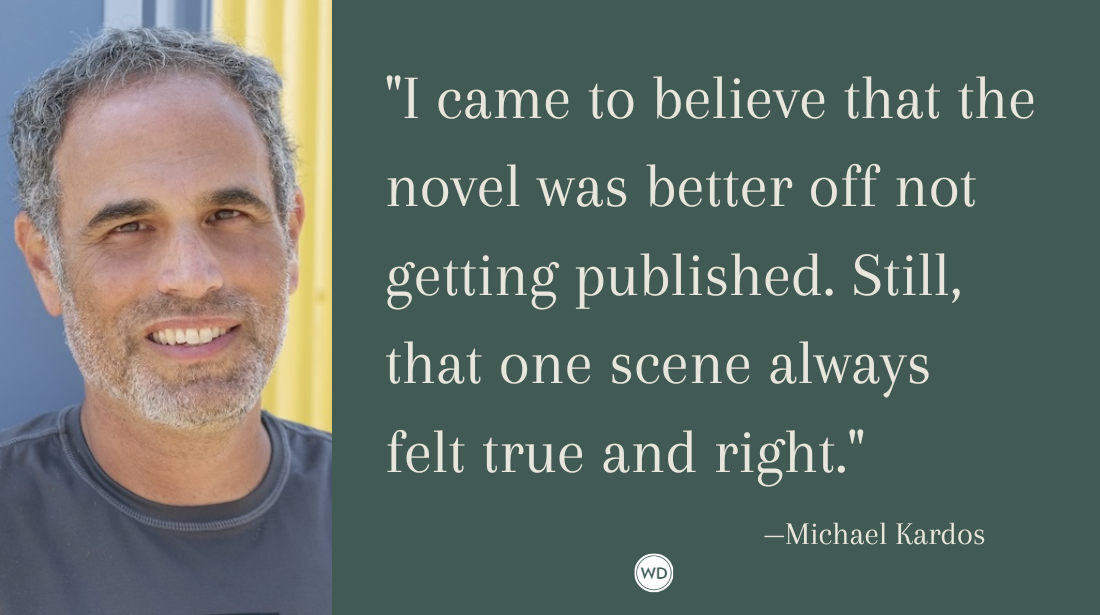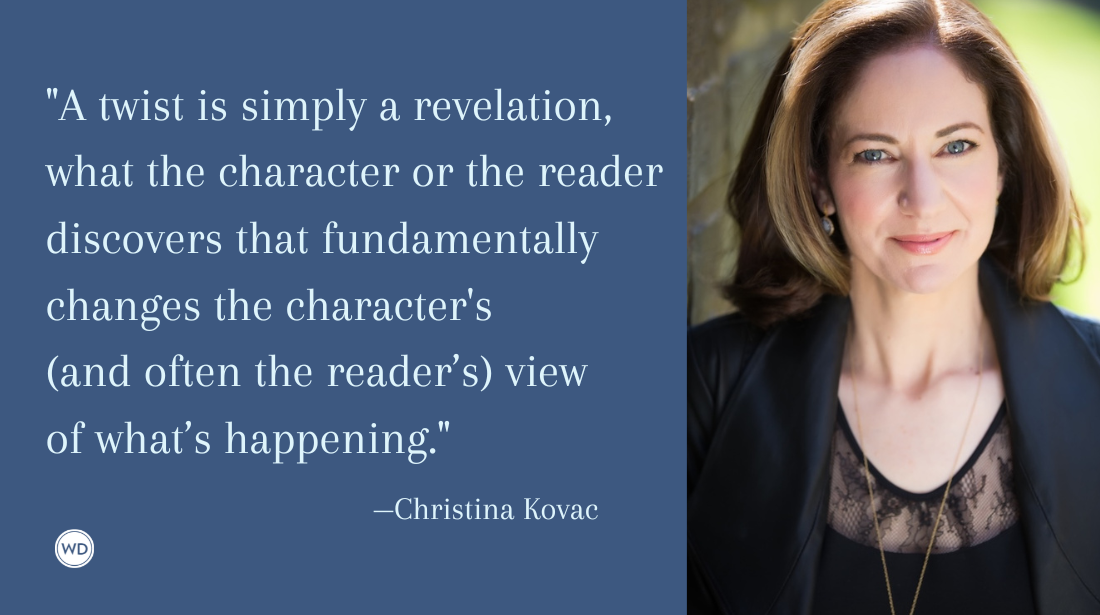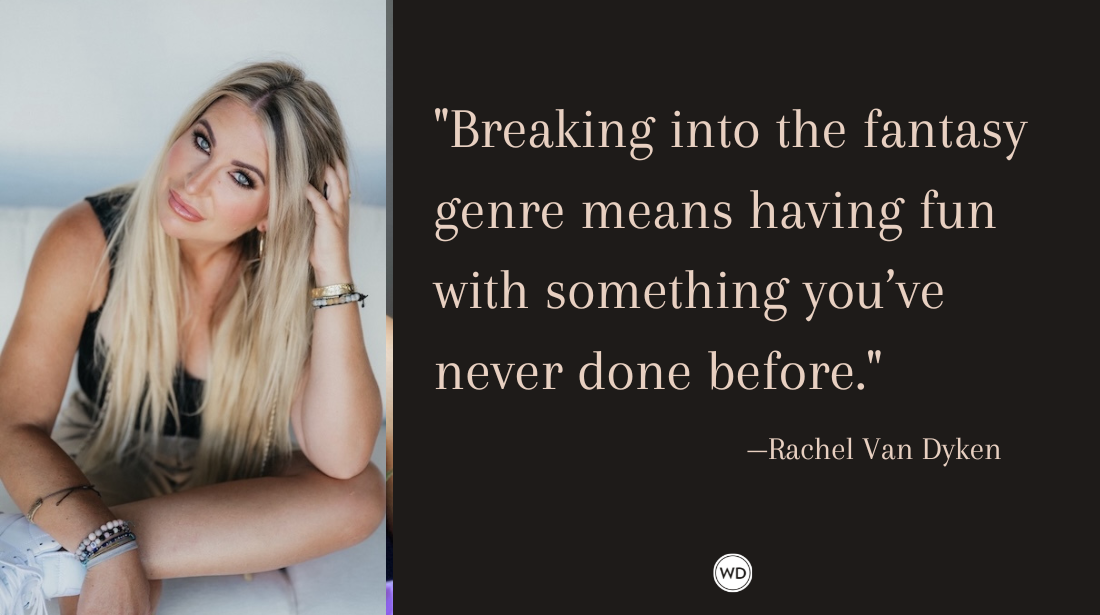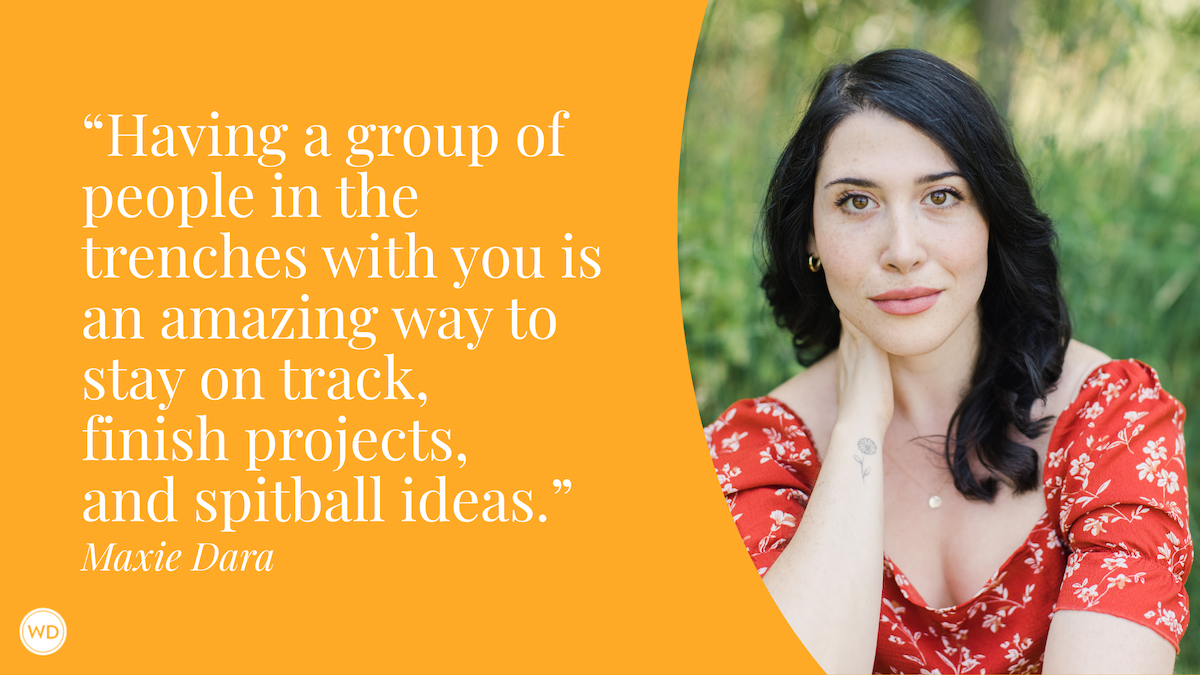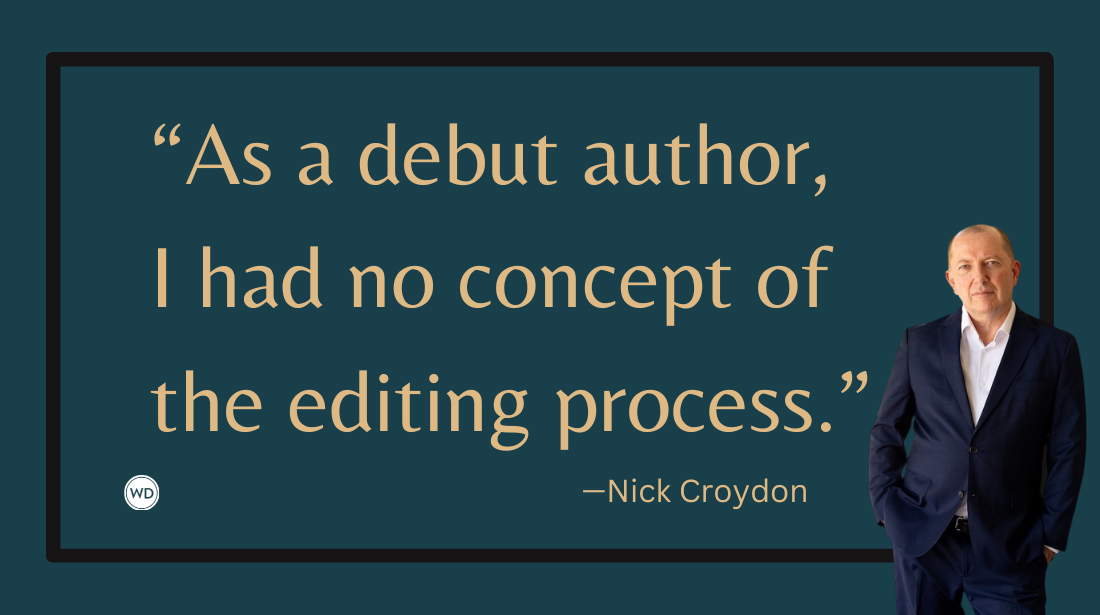8 Rules of Writing Historical Fiction Research
After researching and writing her historical fiction novel Orphan #8, author Kim van Alkemade shares her top 8 rules for historical fiction research.
After researching and writing my novel Orphan #8—which was published by William Morrow in 2015 and is the August Target Club Pick and an Indie Next Great Read—I put together this list of eight rules for historical fiction research. For each, I’ll give you an example of how I applied that rule of research to writing my novel.
8 Rules of Writing Historical Fiction Research
1. Take bad notes.
In 2007, I took some brief notes about a woman doctor who X-rayed eight children at a Jewish orphanage. I didn't even write down her name. Yet these bad notes inspired me to write my first historical novel, Orphan #8. Only after the novel was finished, sold, and rewritten did I go back to this archive to consult the source of my notes. There, I learned the real name of this doctor, Elsie Fox, and with a little more research I learned she had been born in Austria, educated at Cornell, conducted X-ray research at the Home for Hebrew Infants, and founded a school for radiology in the Bronx. The character I created from my bad notes is named Mildred Solomon. She was born in the United States, went to medical school in New York, conducted X-ray research at the fictional Hebrew Infant Home, and went on to have a career in radiology at a hospital. The parallels are spooky, but I’m glad my bad notes allowed my imagination free rein to create a character who is entirely my own.
2. Use archives.
You don't have to be an academic or a librarian to use archival materials. Archives are maintained for the purpose of preserving and sharing documents. Find an archive that relates to your period and subject. I did most of my archival research at the Center for Jewish History in New York where the American Jewish Historical Society has the archives of the Hebrew Orphan Asylum. I found amazing information at the New York Academy of Medicine Library, and they later invited me to write a blog post about my research for the novel. But I’ve also used both paper and digital collections at the New York Public Library and materials from the Lesbian Herstory Archives in Brooklyn. When you use archival materials, look for quirky details and be open to inspiration.
IndieBound | Bookshop | Amazon
[WD uses affiliate links.]
3. Study old pictures.
Evocative historical writing is made up of more than facts and figures. By examining old pictures—either paintings or photographs—you can glean impressions that inspire your imagination and details that populate your descriptions. Many digital archives are now coming online, making this aspect of historical research easier than ever before. I relied on the New York Public Library’s Old New York collection, where you can see a photograph of the Hebrew Orphan Asylum. I also used the Beck Archives Photograph Collection at the University of Denver, where I saw a photograph that informed my description of heliotherapy (a real treatment for tuberculosis) and inspired my fictional Hospital for Consumptive Hebrews. The photograph below of a dormitory at the Hebrew Orphan Asylum was crucial for the setting of several important scenes in the novel.
4. Go on location.
Sometimes you have to go away from your desk and out of your house to get first-hand experience of your setting. I made two trips to Colorado while researching Orphan #8 and the descriptions based on those visits are more sensory than anything I could have gotten from a book or photograph. Your artistic impression of a place is crucial to creating an historical world that rings true for you as a writer. Landscapes may be the same as they were centuries ago; some city neighborhoods haven’t changed in a hundred years; ancient ruins can still be inspiring. If possible, talk to people while you are on location; their memories and impressions can yield invaluable details. I learned so much from Hy Bogan, who I interviewed at the location of the Hebrew Orphan Asylum.
5. Read old books.
It’s fine to read history books about a time and place, but it is really important to read materials from the period you are writing about if at all possible. You’ll get a sense of attitude and language that might inform a gesture or turn of phrase. Because I write about the early twentieth century, I’m able to buy many original books, like the ones pictured below, at affordable prices from abebooks.com. I really like owning some of the books my characters might have read, such as the nursing manual from 1920 that Rachel Rabinowitz is given as a gift in the novel.
6. Visit museums.
You never know where your inspiration will come from. Museum exhibits can suggest settings and details that can enrich your historical fiction. I was in the early planning stages of Orphan #8 when I visited the American Folk Art Museum in New York and saw an exhibit about Jewish temple carvers who ended up crafting carousel horses after immigrating from Eastern Europe. I went out to Coney Island to scout the location and ended up in the Coney Island Museum where I learned about the Coney Island Amateur Psychoanalytic Society (you can’t make this stuff up.) These museum exhibits inspired scenes, locations, descriptions—even characters—in my novel. Find museums or exhibits that relate to your historical period and look for inspiration.
7. Use the Internet.
It’s important not to get so caught up in the research that you waste away your writing time; so often, a quick check of the internet answers a question and gets me back to writing. There’s some controversy about whether or not the Wikimedia Foundation needs your donations, but be honest: writing historical fiction without Wikipedia would be a much more time-consuming task. Where Magic Markers available in 1954? When was a cure for syphilis discovered? What is the incubation period of poliovirus? What subway lines were built in Manhattan by 1920? These are some of the hundreds of little facts I checked online as I wrote Orphan #8.
8. Stop researching, start writing.
Research is absolutely essential to complex and convincing historical fiction, but it can be a seductive distraction to writing. Stop yourself when you have enough and get back to your real job. Once you’ve done the research, it should feel more like you are remembering things you’ve experienced than relating information you uncovered. The reader wants to be immersed in an experience, not taught a history lesson (if that’s what a reader wants, there are many excellent nonfiction history books to choose from). If a reader chooses fiction, that reader is choosing story over fact, character over information, plot over events. If you are choosing to write historical fiction over nonfiction history, make the most of your genre and let the research you’ve done infuse the story with a realistic sense of place and time.
Kim van Alkemade is the author of the historical fiction novel Orphan #8 (William Morrow). Her creative nonfiction essays have appeared in literary journals including Alaska Quarterly Review, CutBank, and So To Speak. Born in New York, N.Y., she earned a BA in English and History from the University of Wisconsin-Parkside and an MA and PhD in English from the University of Wisconsin-Milwaukee. She is a Professor in the English Department at Shippensburg University of Pennsylvania where she teaches writing. She lives in Carlisle, Pennsylvania. Connect with Van Alkemade on Facebook/KimvanAlkemade, Twitter @KimvanAlkemade, Instagram kimvanalkemade, and KimvanAlkemade.com.




